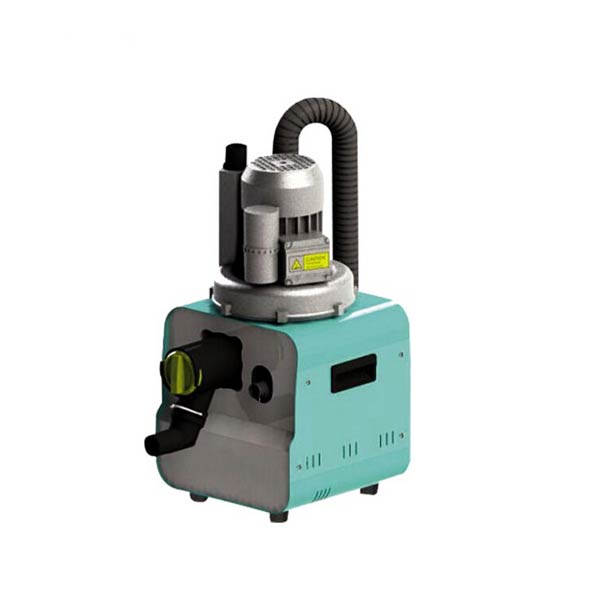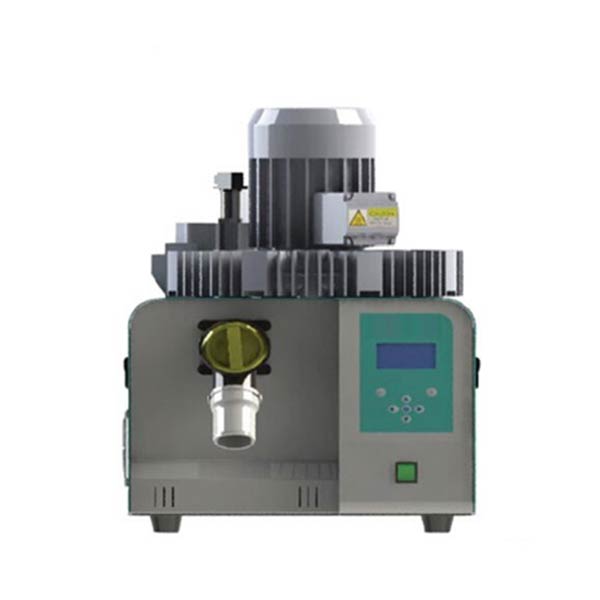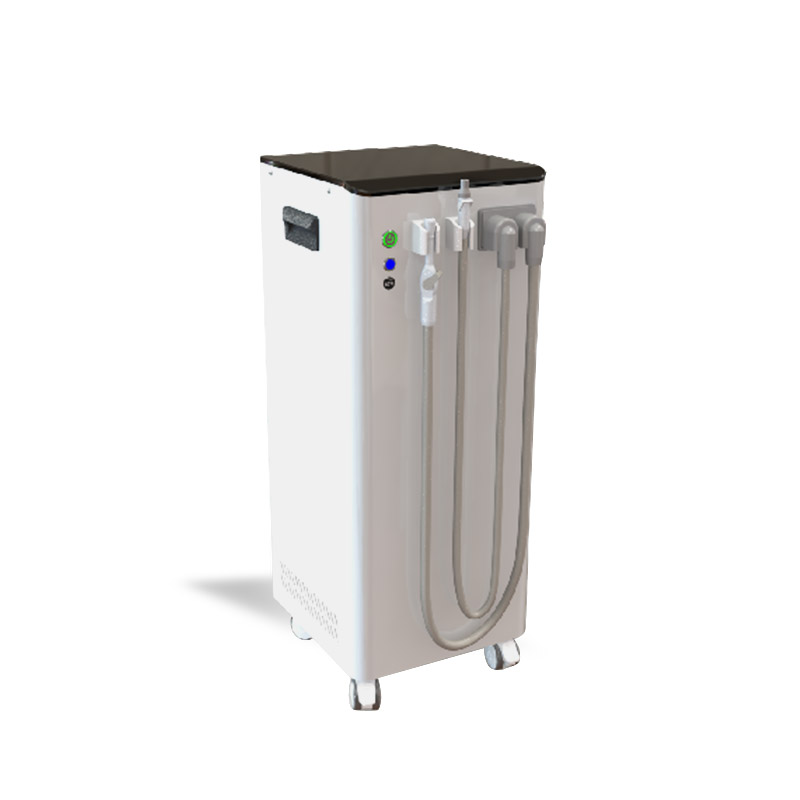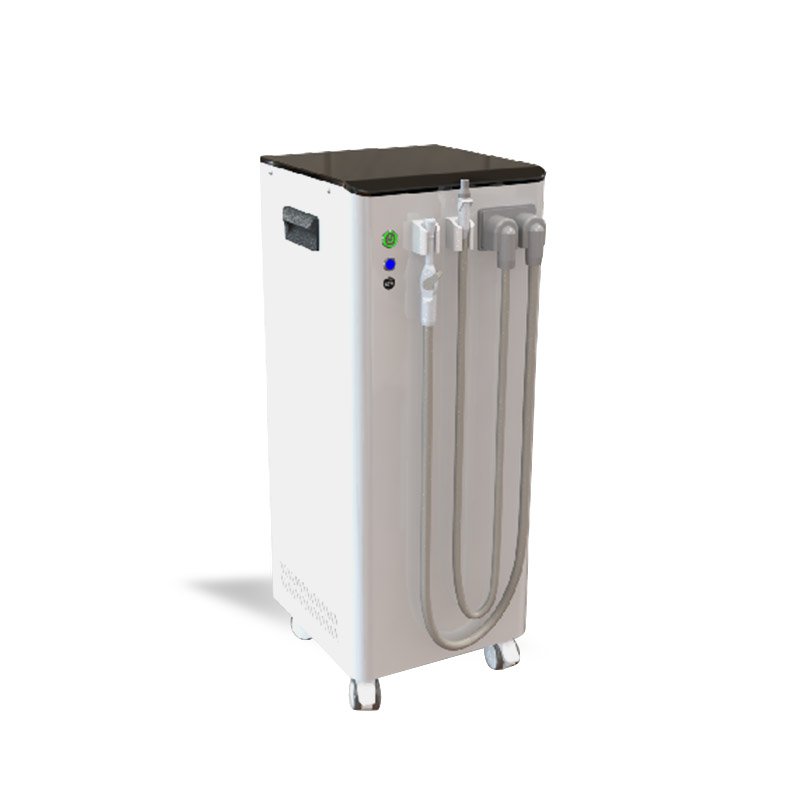Dental suction unit is a treatment equipment used in hospitals or dental clinics. It produces aerosol during dental treatment, which not only affects the doctor's operating vision, but also the bacteria, viruses and other pollutants in the aerosol will bring crosstalk to medical staff. For the risk of infection, the suction machine is used as the suction power source when sucking spray, saliva, blood and small particles, and has the function of separating water vapor and automatically discharging. The suction system can continuously provide barrier-free, hygienic treatment of the required vacuum for teeth, allowing doctors to have a clearer vision and reducing the difficulty of oral surgery.




UMG's mobile suction unit adopts negative pressure suction, which can free the patient from the trouble of swallowing response, which also avoids frequent interruptions in the treatment process, thereby improving the doctor's work efficiency and the patient's comfort.
As the most of dental tools and equipments, it is critical to maintain the system properly to make sure it can properly function. Clean the dental suction unit’s lines and replace the solids collectors (traps) regularly. What’s more, we are supposed to daily clean suction lines in the hygiene treatment rooms with an evacuation system cleaner in order to remove blood and debris. It’s suggested that low-volume suction lines must be disinfected for each patient carefully. Because the waterline cleaner/disinfectants are compatible with the evacuation system, we can make use of a little disinfectant between patients.
During a dental procedure in a temporary setting, portable dental suction unit can, to a certain degree, offer the suction to the dentist that is required in the operation. Mobile dental suction unit must meet two requirements, both potability and light weight so that it can be easier enough to move and carry from place to place. You had better practice setting up a portable suction unit in order that you can successfully get it work when on the spot.

Suction parameters-clinically tested:
Strong suction flow: 280-350l/min
Negative pressure: 90-160mbar
Casing (strong suction): 16mm
Noise at a distance of 0.5 meters: 55db(A)
There is still aerosol formation, and there is a risk of cross-infection; the field of vision in the work area is not clear; the patient still has a swallowing reaction; it reduces work efficiency and patient satisfaction.
Air-negative pressure, that is, we often say that positive pressure turns to negative pressure, the process is cumbersome and the effect is not good, and it has been gradually eliminated.
Water negative pressure is what we call water circulation pump. Similar to air negative pressure, it relies on the high-speed flow of water to generate negative pressure.
Water negative pressure characteristics: complex structure, inconvenient maintenance after problems; large water consumption, due to pollutants in the water, can not be recycled, large investment and waste of water resources; negative pressure generated is limited, and the negative pressure cannot be adjusted.

